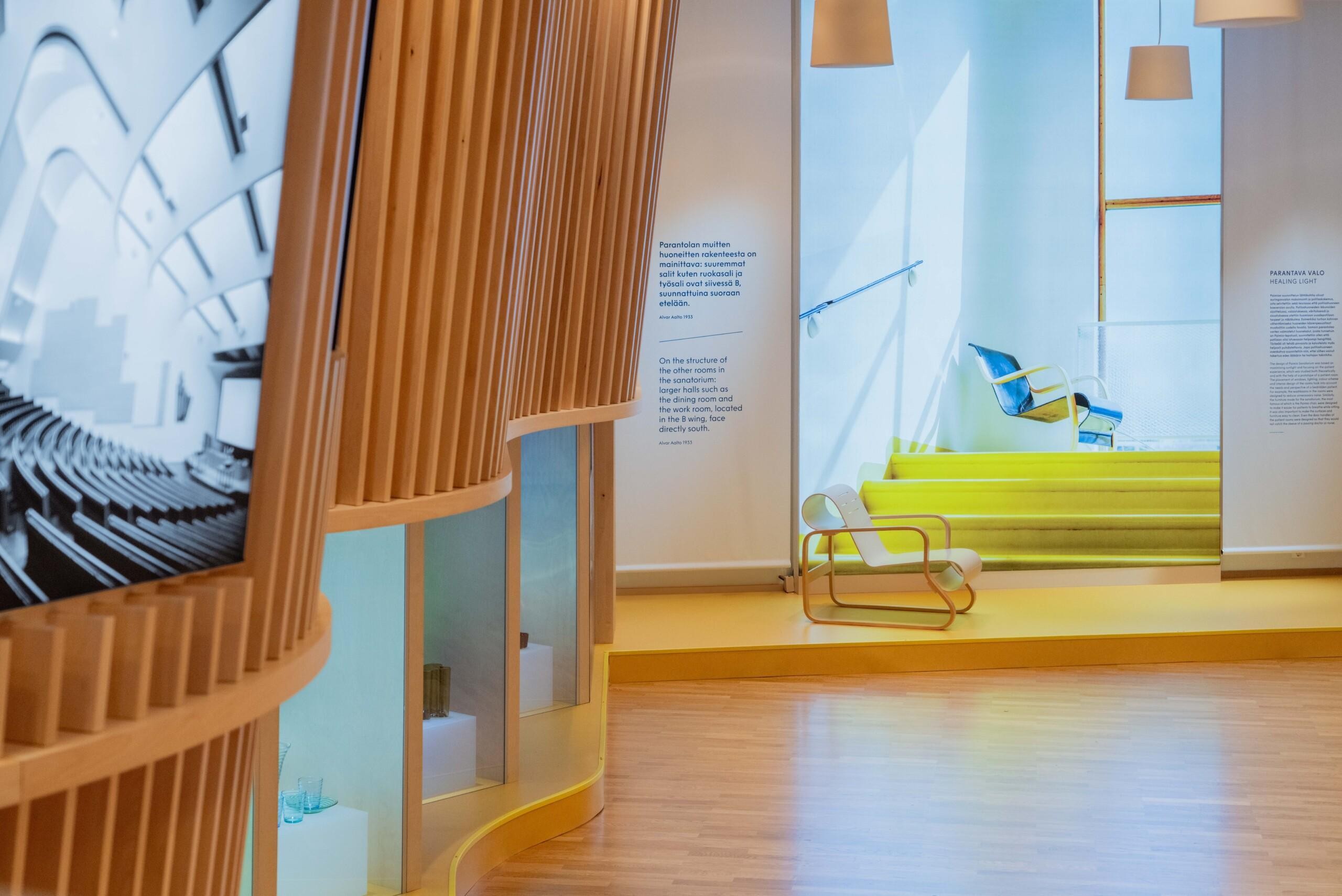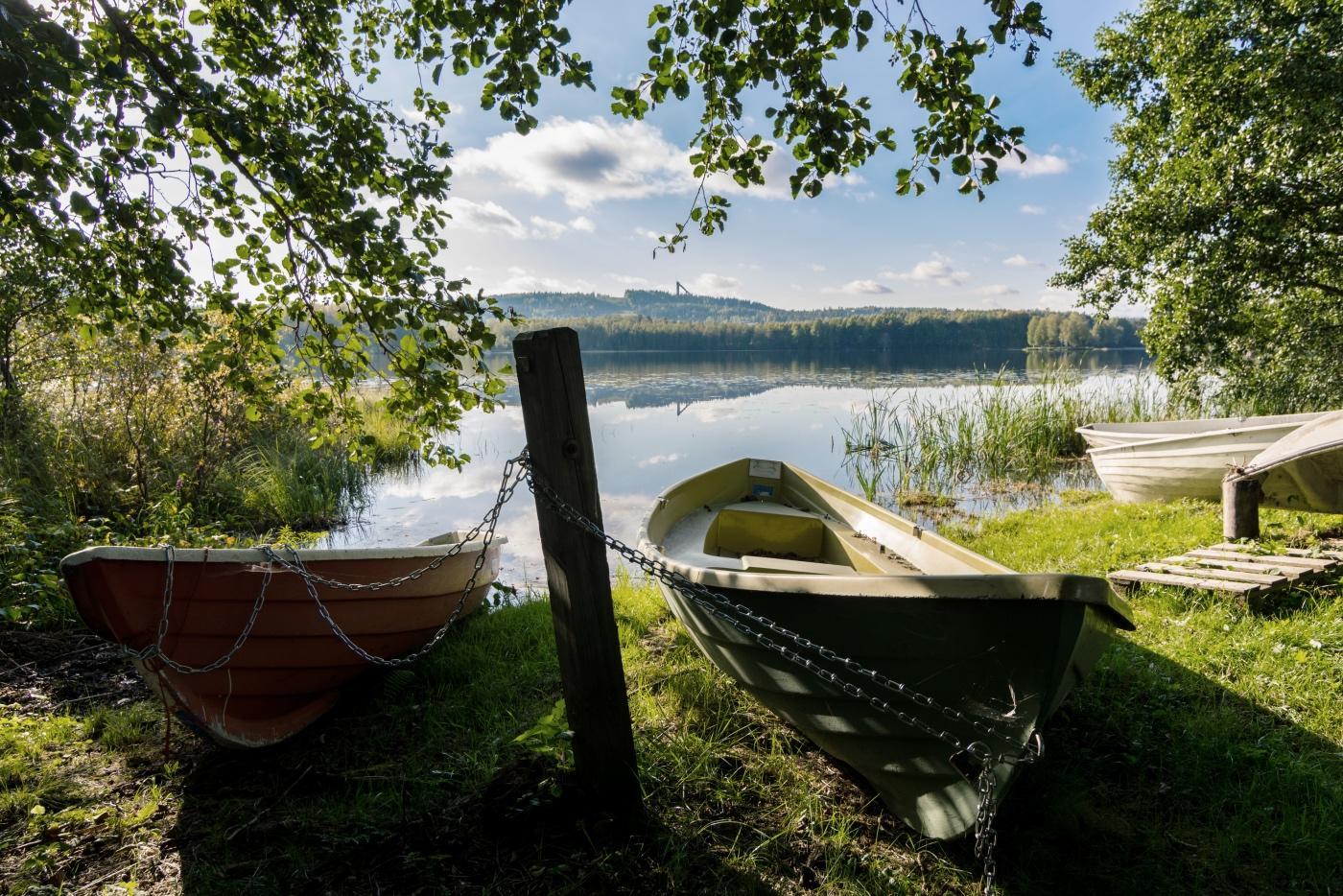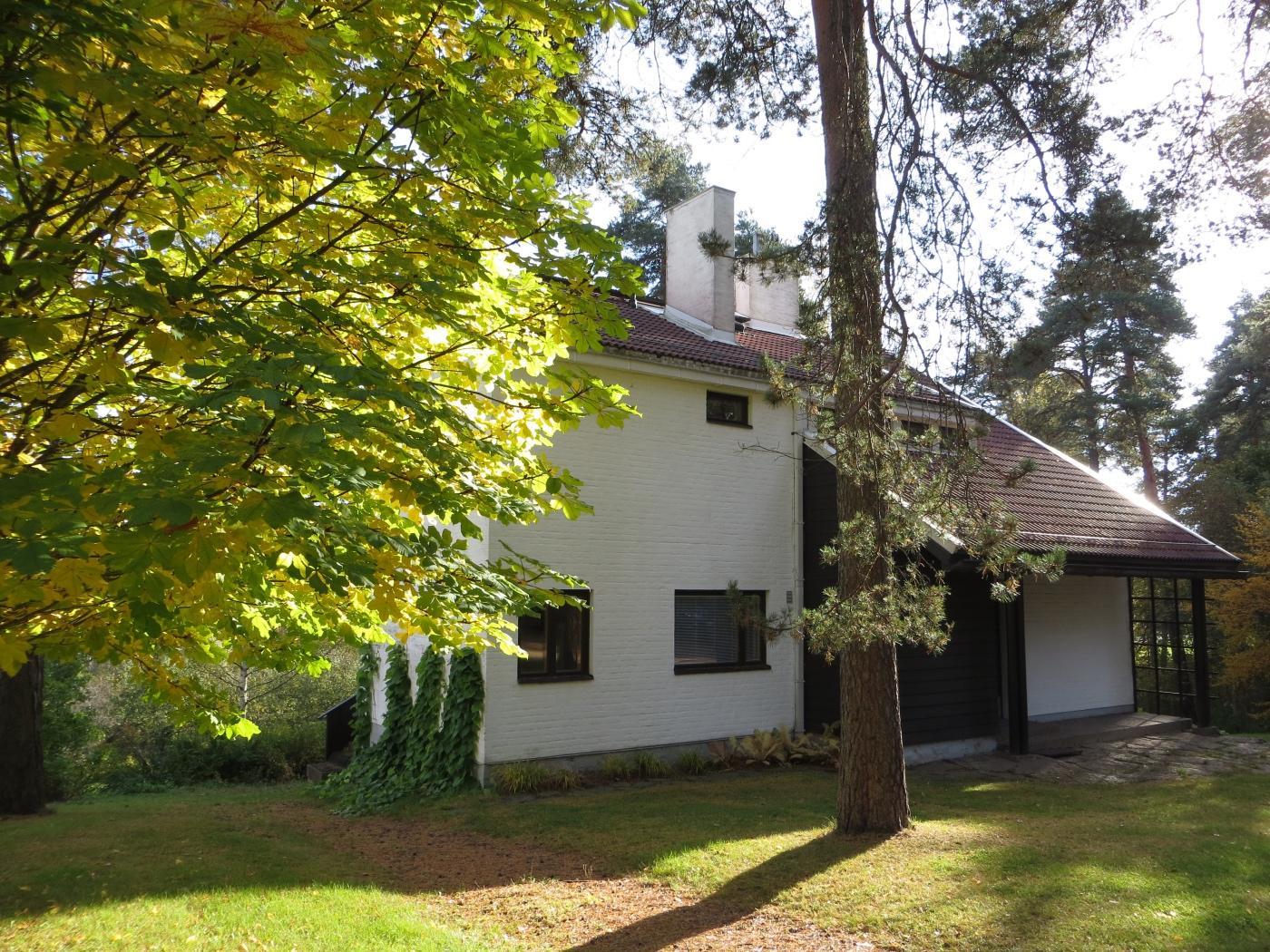Finlandia Hall’s permanent exhibition takes visitors on an inspiring journey to the sources of creativity of Alvar, Aino, and Elissa Aalto, as well as to the essence of Finnishness. The narrative-driven exhibition tells an unprecedented story about creativity, Finnish identity, and humanity through the lives and works of the Aaltos, significant events in Finnish history, and the relationship with Finnish nature and forests. The overall experience will provide new perspectives on the Aaltos’ achievements and their impact on Finnish architecture, design, and international networks.
The Finlandia Exhibition brings the Aalto legacy to life as a multi-sensory experience, where light, nature, purpose, and human relationships come together. Spaces that previously served as rehearsal rooms for symphony orchestras now invite you to experience their harmony. Sit down to admire and immerse yourself in the stories that intertwine with the creation of the Finlandia Hall and the building of Finnish identity along the way. The exhibition invites you to sense, linger, and participate.


